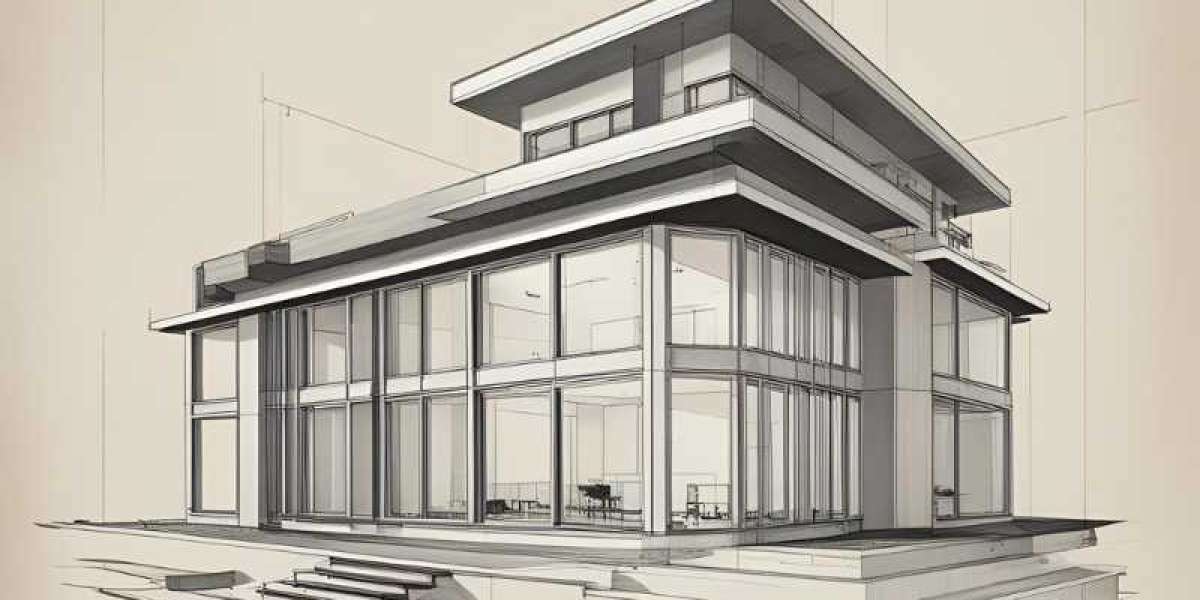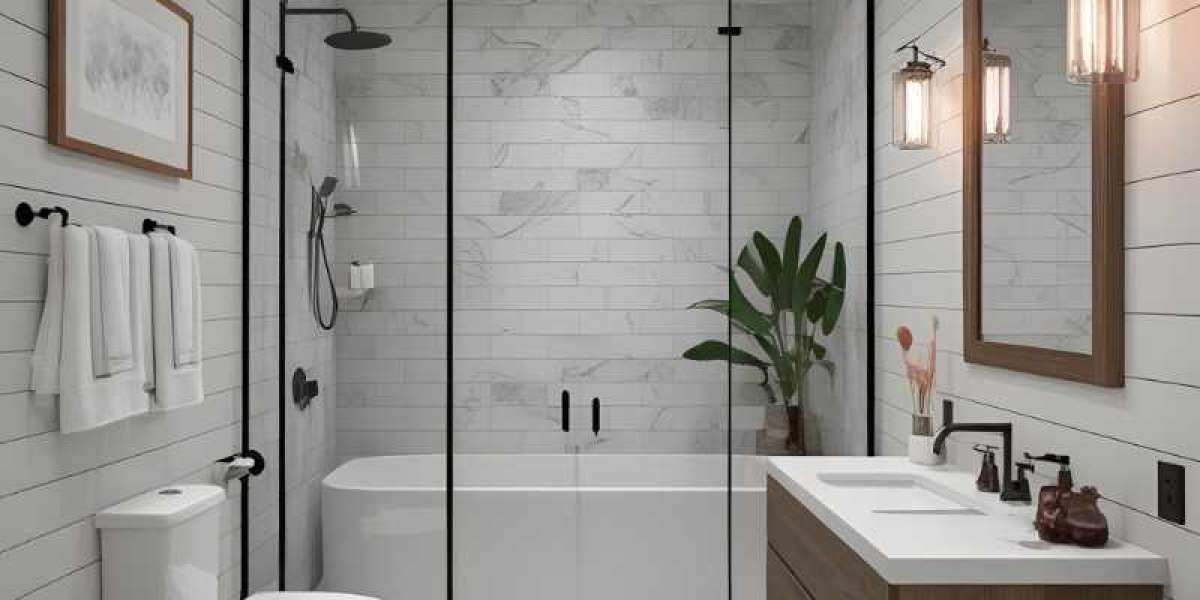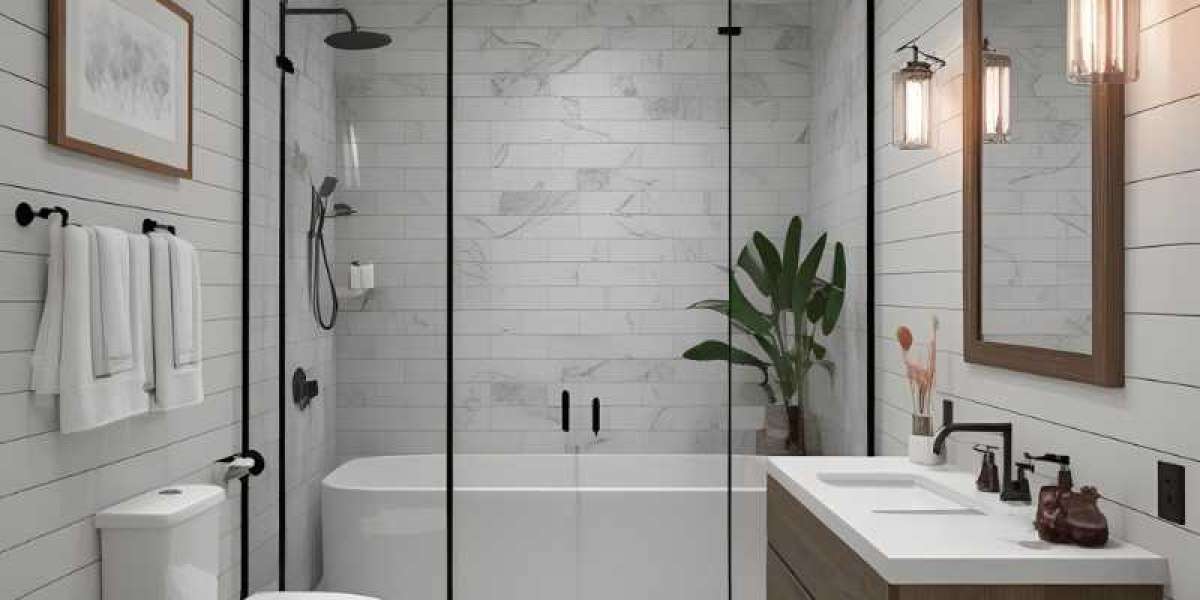In the rapidly evolving world of architecture and design, efficiency, precision, and collaboration are more critical than ever. Revit, Autodesk’s powerful Building Information Modeling (BIM) software, has emerged as a game-changer in this landscape, revolutionizing the way architects conceptualize, design, and document buildings.
Unlike traditional drafting tools, Revit offers a dynamic, data-rich environment that integrates every aspect of a building’s lifecycle—from schematic design to construction and beyond. Its intelligent 3D modeling capabilities, real-time collaboration features, and seamless coordination between disciplines have made it the cornerstone of modern architectural drafting.
As the industry continues to shift toward smarter, more sustainable design practices, Revit stands out not just as a tool but as the digital backbone supporting the architecture of tomorrow.
Understanding Revit and BIM
Revit is a computer program used by architects, engineers, and designers to create building designs. It helps users draw and plan buildings in 3D, which means they can see how the building will look before it is built. Revit is not just for drawing walls or windows — it also helps with planning things like electricity, plumbing, and heating systems in a building.
Revit is part of something bigger called BIM, which stands for Building Information Modeling. BIM is a smart way of designing and managing buildings. It lets people from different jobs (like architects, engineers, and builders) work together on one digital model of a building. Everyone can see and update the same model, which helps avoid mistakes and saves time.
One of the best things about BIM and Revit is that they help you understand the building better. If you change one part of the model, the other parts update automatically. This means you don’t have to redraw everything when you make changes.
Using Revit with BIM also helps during construction and after the building is finished. People can use the model to check how things were built and how to fix or upgrade them in the future.
In simple words, Revit and BIM make building design smarter, faster, and easier. They help people work together, avoid errors, and make better buildings. Whether you’re planning a house or a big office, these tools can make the process smooth and clear.
Core Features That Make Revit Indispensable
Revit is a powerful tool used by architects, engineers, and builders. It has many helpful features that make building design easier and faster. These features are why Revit is an important tool in the construction world.
One key feature of Revit is 3D modeling. Users can design buildings in 3D, which means they can see the building from all angles. This helps them understand the design better and find problems before construction starts.
Another important feature is parametric components. This means that if you change one part of the model, other parts will update automatically. For example, if you move a wall, the roof or floor connected to it will also adjust. This saves time and reduces mistakes.
Revit also has tools for teamwork. Many people can work on the same project at the same time. Architects, engineers, and other team members can share updates in real-time. This helps everyone stay on the same page and avoid errors.
The scheduling tool is also very helpful. It creates lists of materials, doors, windows, and more. These lists update automatically when you make changes in the design.
Revit supports BIM (Building Information Modeling), which helps manage every part of a building’s life—from design to construction to maintenance.
In short, Revit’s smart features, like 3D design, auto-updates, teamwork tools, and scheduling, make it a must-have for modern building projects. It helps teams work better, faster, and more accurately.
Advantages Over Traditional Drafting Methods
Revit and other BIM tools offer many advantages compared to old-style drafting methods. In traditional drafting, drawings are made by hand or with 2D computer programs. This can take a lot of time and may lead to errors. Revit changes that by using smart 3D models.
One big advantage is accuracy. In traditional drafting, if you change one drawing, you have to update all the others by hand. With Revit, if you change something in one view, it updates everywhere else automatically. This helps avoid mistakes and saves time.
Another benefit is 3D visualization. In traditional drafting, it's hard to picture what the building will look like just from 2D drawings. With Revit, you can easily see the design in 3D, which helps clients and builders understand the project better.
Revit also improves teamwork. Many people can work on the same model at the same time. This is hard to do with paper drawings or simple 2D files. It makes communication easier and keeps everyone on the same page.
Material and cost planning is also better. Revit can create lists of materials and quantities automatically. This helps with budgeting and reduces waste.
Lastly, Revit supports the full building process—from design to construction to maintenance. Traditional methods often stop at the drawing stage.
In short, Revit is faster, smarter, and more helpful than old drafting methods. It makes design easier to understand and helps teams work better together.
Future of Architectural Drafting with Revit
The future of architectural drafting is changing fast, and Revit is playing a big part in that change. Revit is a software made by Autodesk that helps architects and designers create building plans in a smarter way. Unlike older methods, where drawings were made by hand or with basic software, Revit allows users to make 3D models that include every detail of the building.
One of the main advantages of Revit is Building Information Modeling (BIM). BIM lets architects create a digital model of the building that includes not just the structure, but also materials, costs, timelines, and more. This makes planning easier and helps teams work better together. Everyone from architects to engineers and builders can see the same model and make updates in real time.
In the future, Revit will likely become even more important. New features using artificial intelligence (AI) and cloud technology will make it faster and easier to design buildings. Architects will be able to work from anywhere, and changes to designs will update automatically for all users.
Also, Revit is helping make buildings more sustainable. It can analyze how much energy a building will use, helping designers make greener choices early in the process.
The End Note
Revit has firmly established itself as the backbone of modern architectural drafting, transforming the way buildings are designed, constructed, and maintained. With its powerful integration of Building Information Modeling (BIM), Revit enables seamless collaboration, real-time updates, and intelligent 3D modeling that far surpass traditional drafting methods.
Its ability to streamline workflows, reduce errors, and improve communication among all stakeholders makes it an essential tool in today’s fast-paced construction industry. As technology continues to evolve, Revit is poised to play an even greater role in shaping the future of architecture, supporting more sustainable, efficient, and innovative design practices across the globe.








